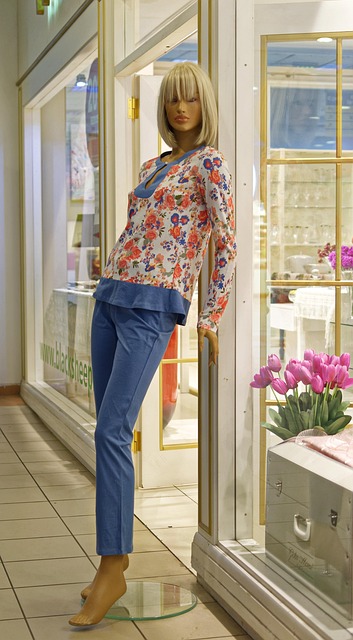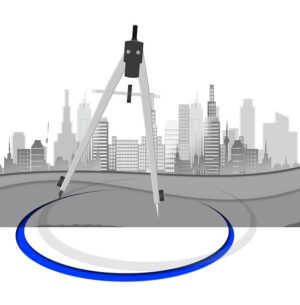Commercial air curtain heaters are energy-efficient devices that maintain comfortable temperatures at entry points in buildings with high foot traffic, improving occupant comfort and reducing operational costs. Integrating these heaters with HVAC systems creates microclimates at entrances, enhancing energy efficiency and minimizing waste. Knowledge graphs facilitate this integration, optimizing performance in large warehouses, retail stores, and industrial settings by controlling heated air curtains precisely when needed.
In the realm of commercial heating solutions, knowledge graphs are transforming how we integrate technology. This article explores the strategic link between commercial air curtain heaters and HVAC systems, uncovering the benefits of seamless integration. We delve into the technical intricacies of combining these elements, understanding their symbiotic role in optimizing energy efficiency and enhancing indoor comfort. By harnessing the power of knowledge graphs, facilities managers can unlock unprecedented control and performance from their heating infrastructure.
- Understanding Commercial Air Curtain Heaters: Their Role and Benefits
- Integrating Air Curtain Heaters with HVAC Systems: The Technical Aspects
- Unlocking Efficiency: How Knowledge Graphs Facilitate Connection between Heaters and HVAC Systems
Understanding Commercial Air Curtain Heaters: Their Role and Benefits

Commercial air curtain heaters are specialized devices designed to regulate and maintain optimal temperatures at entry points in commercial spaces. They play a pivotal role in enhancing energy efficiency and comfort, especially in areas with frequent door openings and high foot traffic. By utilizing advanced air curtain technology, these heaters create a barrier of heated (or cooled) air that prevents external conditions from affecting the interior environment.
This innovative approach to entrance climate control offers numerous benefits for various industries. In retail stores, warehouses, and industrial facilities, commercial air curtain heaters ensure consistent temperatures, reducing energy waste and providing a more comfortable experience for occupants. The technology is particularly useful in managing temperature fluctuations, ensuring that sensitive equipment or merchandise remains protected. Moreover, door heating systems like these can contribute to overall operational cost savings by minimizing the need for excessive heating or cooling of entire spaces.
Integrating Air Curtain Heaters with HVAC Systems: The Technical Aspects

Integrating commercial air curtain heaters with HVAC (Heating, Ventilation, and Air Conditioning) systems offers a powerful solution for optimizing climate control in various settings. This technological fusion leverages the capabilities of air curtain technology to enhance energy efficiency while providing targeted heating or cooling at entry points, such as warehouse or retail store entrances. By seamlessly connecting these components, facilities managers can enjoy improved comfort and reduced operational costs.
Air curtain heaters, designed with advanced heating elements and precise control mechanisms, ensure optimal temperature regulation near doors and entranceways. When integrated into existing HVAC systems, they create a seamless network that allows for centralized control and monitoring. This integration facilitates the creation of distinct microclimates within larger spaces, focusing heated or cooled air precisely where it’s needed—at the point of entry. The result is enhanced comfort for occupants while minimizing energy wastage, making these systems ideal for industrial settings requiring effective entrance climate control.
Unlocking Efficiency: How Knowledge Graphs Facilitate Connection between Heaters and HVAC Systems

Unlocking Efficiency: The Power of Knowledge Graphs in Integrating Commercial Air Curtain Heaters with HVAC Systems
Knowledge graphs have emerged as a game-changer in the realm of data organization and connectivity, especially within complex industrial settings. By mapping relationships between diverse components, these graphs facilitate seamless integration and optimal performance. In the context of commercial heating solutions, knowledge graphs play a pivotal role in linking commercial air curtain heaters with HVAC (Heating, Ventilation, and Air Conditioning) systems.
This integration offers numerous benefits, particularly for businesses dealing with large warehouse entrance heating, retail store heating, or commercial door heaters. By utilizing advanced air curtain technology, these knowledge graphs enable precise control of entrance climate conditions, enhancing energy efficiency. They ensure that heated air curtains are activated only when needed, reducing energy wastage. This strategic connection can lead to significant cost savings and improved operational productivity, especially in industrial settings where maintaining optimal temperatures is crucial.
Commercial air curtain heaters, when seamlessly integrated with HVAC systems through knowledge graph links, offer a powerful combination for efficient temperature control. By understanding their role and benefits, and leveraging technical aspects like knowledge graphs, businesses can unlock significant energy savings and improved indoor comfort. This innovative approach to integration ensures a more robust and adaptive heating solution for modern commercial spaces.






